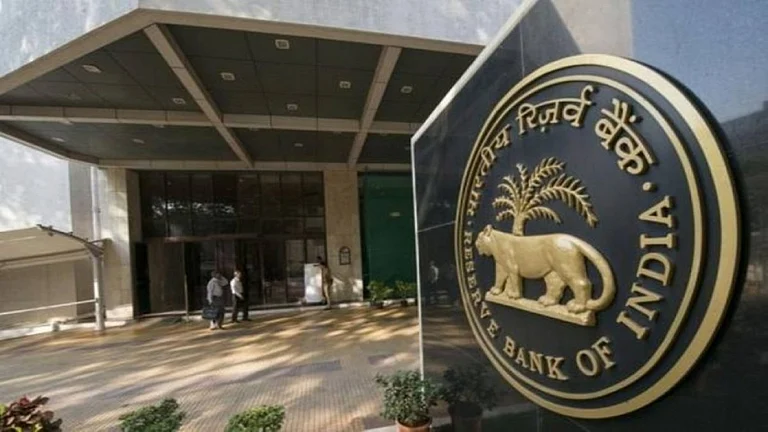You’re surfing through an online shopping store, looking at that smartphone you have been eyeing for a while but do not have immediate funds to purchase it. However, there is an option available for ‘No Cost EMI’. Suddenly, the smartphone seems affordable, right? After all, a no-cost EMI allows you to pay the total cost into manageable chunks with no added interest. This does sound too good and very convenient. However, it’s important to scrutinise all that this popular payment method offers and what are its major pros and cons.
Is No Cost EMI Really Without Any Costs? Here's What You Should Know
A no-cost EMI can be a good financial tool to make big purchases when you don’t have the funds to make upfront payments. However, it is always essential to approach any offer with caution.
What Is a No-Cost EMI?
This option lets a customer make his payments in an evenly split ‘smaller’ tenure on a monthly basis (typically ranging from 3, 6, or 24 months). Unlike regular EMI plans, these don’t charge any interest - or that’s how they are marketed. You pay the product’s total price in parts over time without any ‘extra’ cost.
Retailers (or financial institutions) often promote this scheme to make big-ticket items like smartphones, appliances, or furniture more affordable to buyers.
But there’s a catch, no-cost EMI is not always as ‘free’ as it sounds. Though it can indeed be a helpful tool for making large purchases, there are often hidden layers to the offer that you may overlook.
So, before you make that purchase on ‘No-Cost EMIs’ let’s delve deeper into how it actually works.
Keeping in mind that the retailer is actually bearing no loss while also extending an attractive offer to you, this is how No-Cost EMI options are marked up;
Discount Instead of Interests: Giving a discount that could be equivalent to an interest rate. The retailer might be offering you a discount on the product, which is equal to the interest you’d typically pay on a standard EMI. For example, you are purchasing a smartphone worth Rs 50,000 and any interest from a regular EMI plan may amount up to Rs 5,000. But here, the retailer offered you a discount of Rs 45,000 upfront and then you get a No-Cost EMI over the tenure fixed by the platform.
Interest Built into the Price? In this case, your smartphone’s cost could already be inflated to include the interest amount. Hence, the no-cost feature here is not inherently a ‘lesser offer’.
Therefore, in both cases, someone is footing the bill for the ‘no-cost’ part of the EMI, and it’s often you, the buyer.
Now let’s understand in detail the pros and cons of No-Cost EMIs.
Pros:
To be fair, no-cost EMI does have its perks, especially if you use it wisely;
Split Payments: First and foremost, instead of shelling out a large sum upfront, you do get the chance to spread the cost over several months, making big purchases easier on your wallet.
Zero Interest: Though retailers do adjust prices with or without a discount, on the face value if you’re sure there are no hidden charges, you essentially get to borrow money for free.
Easy Financing: Unlike loans, a buyer doesn’t need to qualify for such an offer. This is not only quick and easy to set up but also is available to a range of customers across various retailer websites and fintech platforms.
Cons:
This part requires careful discretion on your part, while no-cost EMI might seem like an easy financial tool, it is good to be aware of any potential pitfalls;
Are there any Hidden Charges? As a buyer, you should check if the retailer is charging you any processing fee, prepayment penalties, or even any cancellation charges (which might not be applicable to the item out of no-cost EMIs). Always read the fine print to avoid any unexpected surprises.
Are the Prices Inflated? Next up, check if the ‘interest-free’ item you are purchasing is presenting a deal with a higher price of the product.
Limited Options: Sometimes this offer is only extended to select products or brands with higher profit margins, meaning no-cost EMI might not be available for all items.
Debt Trap Risk: The ease of buying on EMI can tempt you to overspend, and a potential debt trap in the future. Missing even a single payment may affect your credit score, therefore understand your finances before going for such easy and quick-to-avail options.
What Should You Do?
All things considered, a no-cost EMI can be a smart choice under the right circumstances. If you have budgeted for the purchase, here’s what you can do to avoid any pitfalls;
To avoid overpaying for the same item, prefer comparing prices across different retailers and lock the deal where you have to pay the least price.
Calculate the overall cost of the product, including any processing fees or charges, to see if the deal is genuinely interest-free.
Make sure you pay back your EMIs on time. Missing payments can lead to hefty penalties and damage your credit score, so set reminders to ensure you stay on track.
A no-cost EMI can be a good financial tool to make big purchases when you don’t have the funds to make upfront payments. However, it is always essential to approach any offer with caution.



